
How to Prevent Outdoor Faucets from Freezing Ann Inspired
1. Insulate your pipes. Pipe insulation acts as a protective shield for your pipes, preventing the extreme cold from freezing the water in them. Consider wrapping your pipes in foam insulation or using heat tape. Focus on areas such as your basement or exterior walls where exposed pipes are at a greater risk of freezing.

how to keep pipes from freezing YouTube
Cover entire pipe length plus valves and elbows. Don't leave any gaps. Seal insulation ends and seams with waterproof tape to prevent moisture intrusion. For best results, layer insulation to increase warmth retention. Proper outdoor pipe insulation can prevent freezing down to temperatures as low as -20°F.
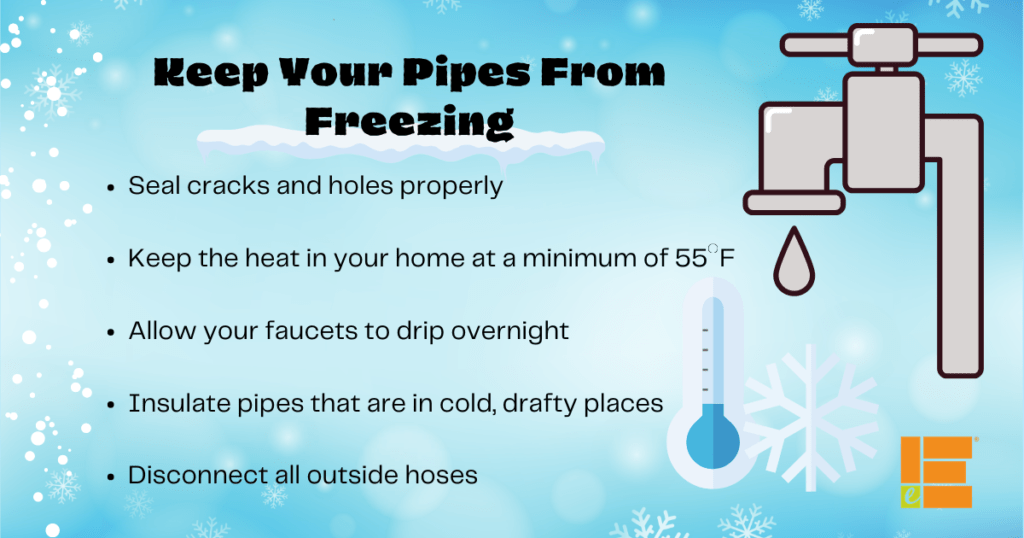
Frozen Pipes Learn how to prevent water pipes from freezing, and how to
Open the outside hose bibs to allow the water to drain, reducing the chances of your exposed pipes freezing. 4. Drain the water from your swimming pool. If you've got a swimming pool, drain the pool, following the instructions from the manufacturer or installer. Avoid putting antifreeze in them (unless directed).
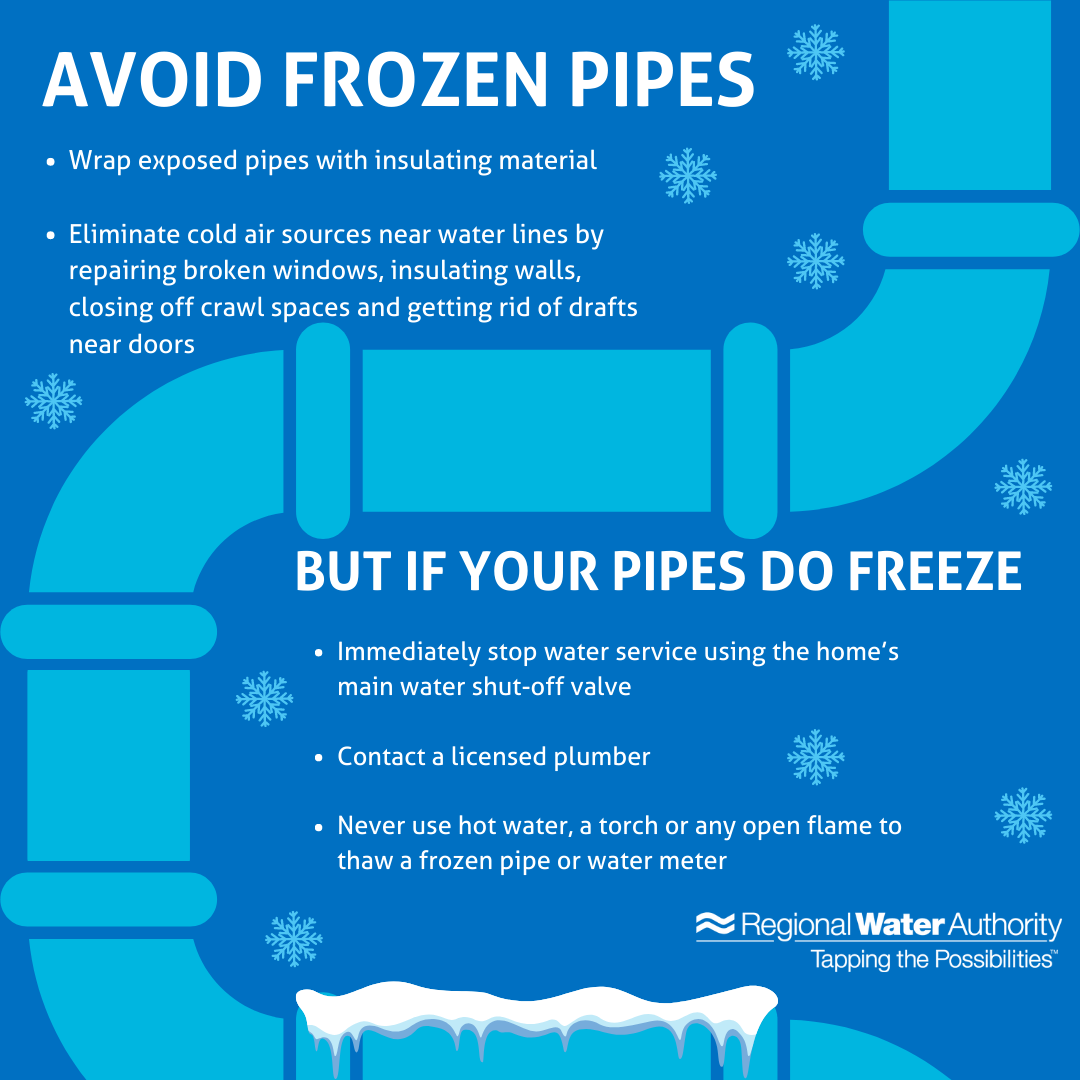
How To Protect Pipes From Freezing Methodchief7
Wrap the exposed pipes with pipe insulation tubes. Turn faucets to a slow trickle when temperatures fall below freezing. Open cabinets beneath sinks to let warm air reach the pipes. Keep furnace on and set no lower than 55 degrees Fahrenheit. This is the minimum temperature to keep pipes from freezing, but for best results, keep your house even.
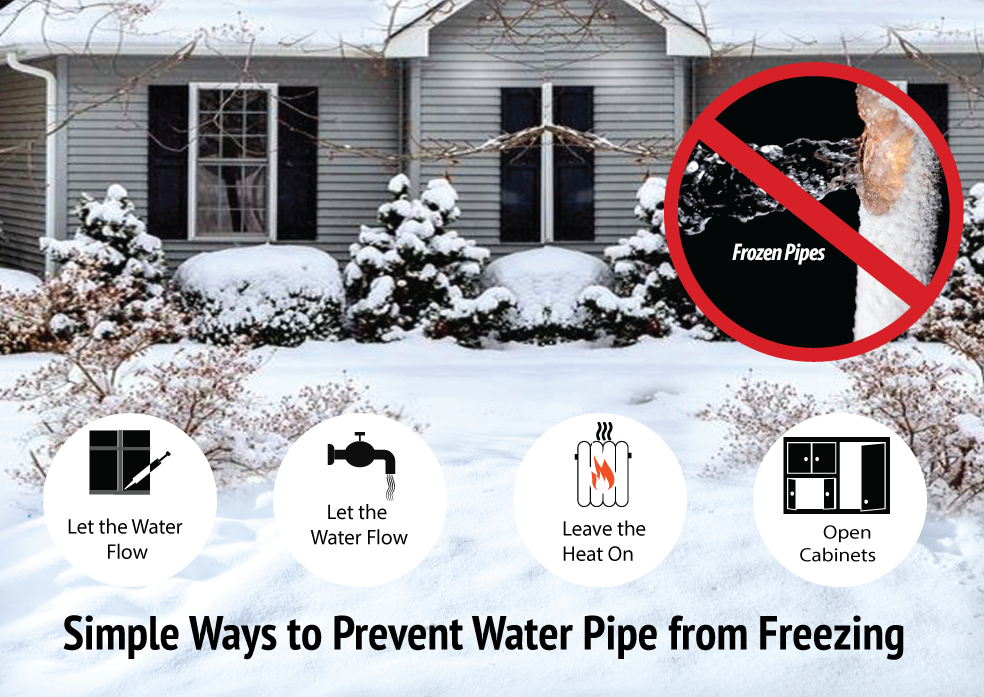
5 Simple Ways to Prevent Water Pipes from Freezing
Here's how to make sure pipes don't freeze: Turn up the heat. Set up fans to blow heat into cold rooms. Open vanity or cabinet doors so warm air can reach the pipes under sinks. If you have exposed pipes inside closets or pantries, leave doors open. Disconnect garden hoses from outdoor faucets. Even frostproof outdoor faucets can burst if a.
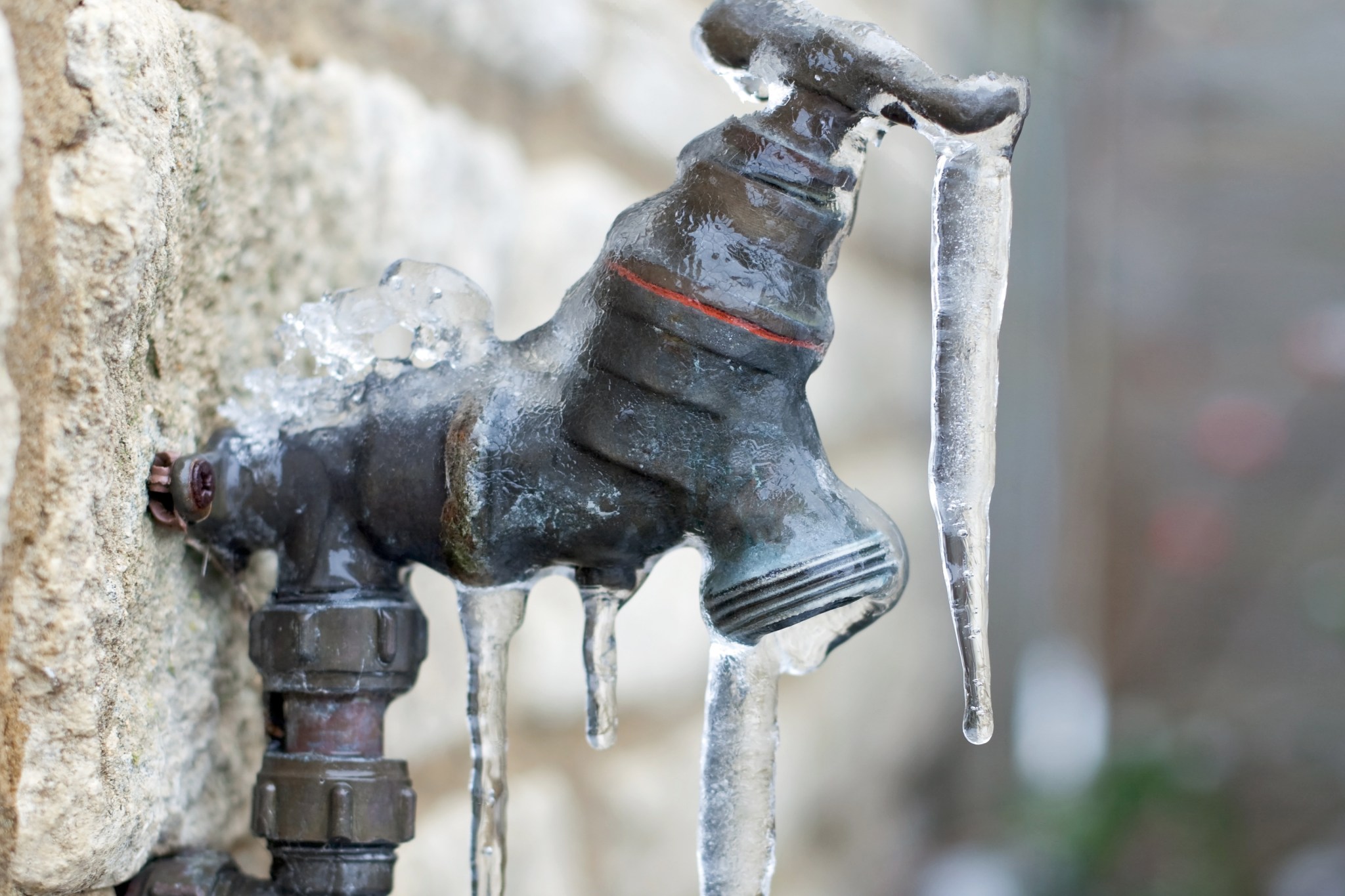
How to Keep Pipes From Freezing Stop Pipes From Freezing
Step 3: Disconnect Hoses and Store Them Indoors. Disconnect all outdoor hoses from the faucets and drain any excess water. Once drained, make sure to store them in a dry indoor location for the winter. If you have a sprinkler system, now is the time to drain it before temperatures drop below freezing.

How to keep your outdoor pipes from freezing. YouTube
Let the cold water drip from a faucet served by exposed pipes. Running water through the pipe—even at a trickle—helps prevent pipes from freezing. Keep the thermostat set to the same.

Protecting Outside Pipes from Freezing DIY Old House Crazy
Let warm water drip overnight when temperatures are cold, preferably from a faucet on an outside wall. Adjust the thermostat. Keeping your thermostat set at the same temperature day and night may help prevent frozen pipes. During extreme cold, this may also help reduce the strain on the furnace. Open cabinet doors.
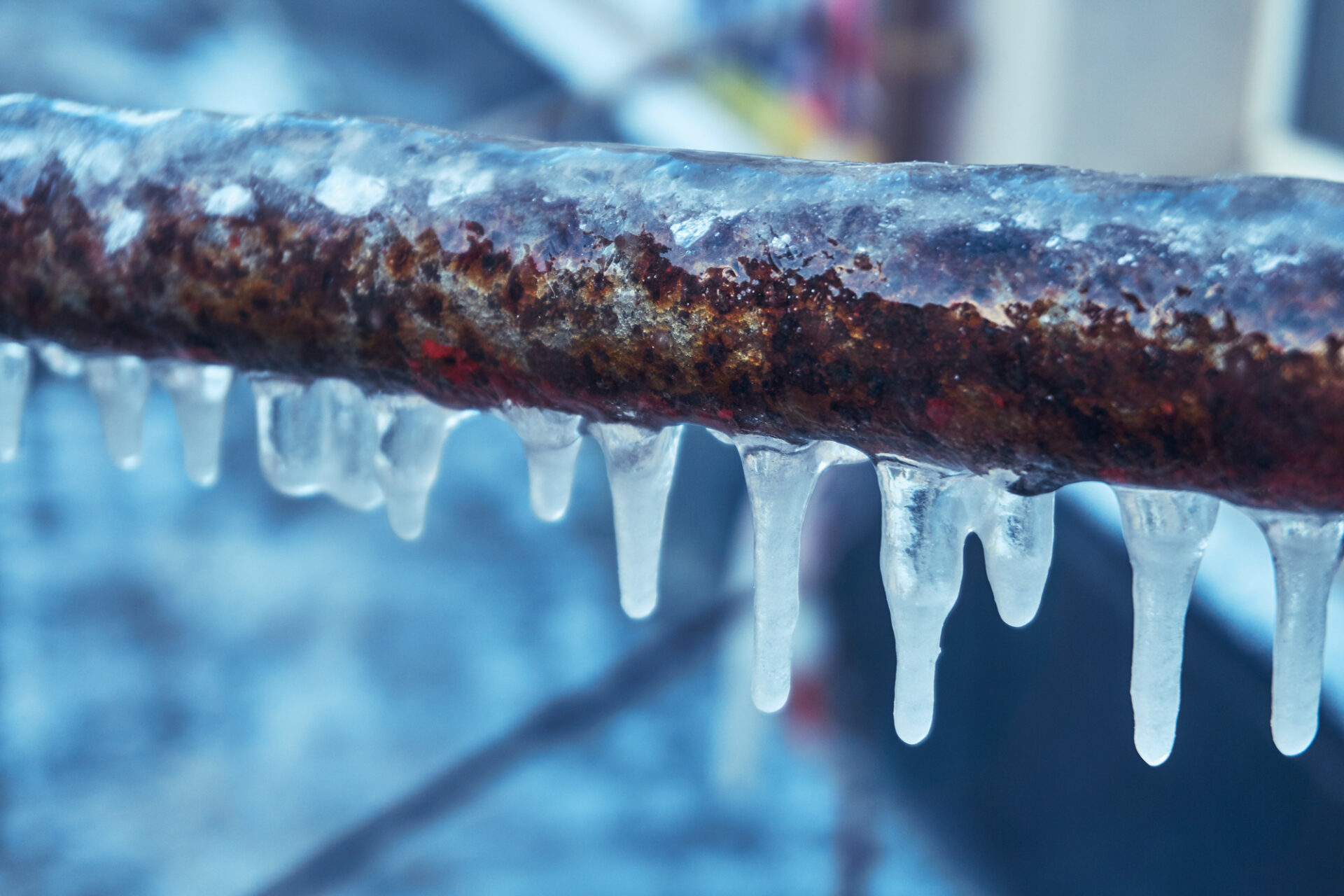
How to Prevent Frozen Pipes This Winter Easy Guide
Run tape lengthwise: Run heat tape lengthwise along the lowest portion of pipes to avoid moisture pooling. Wrap securely: Wrap heat tape smoothly and securely around pipes without gaps. Follow product instructions. Plug into outlet: Plug heat tape into a GFCI electrical outlet equipped with a weatherproof cover.
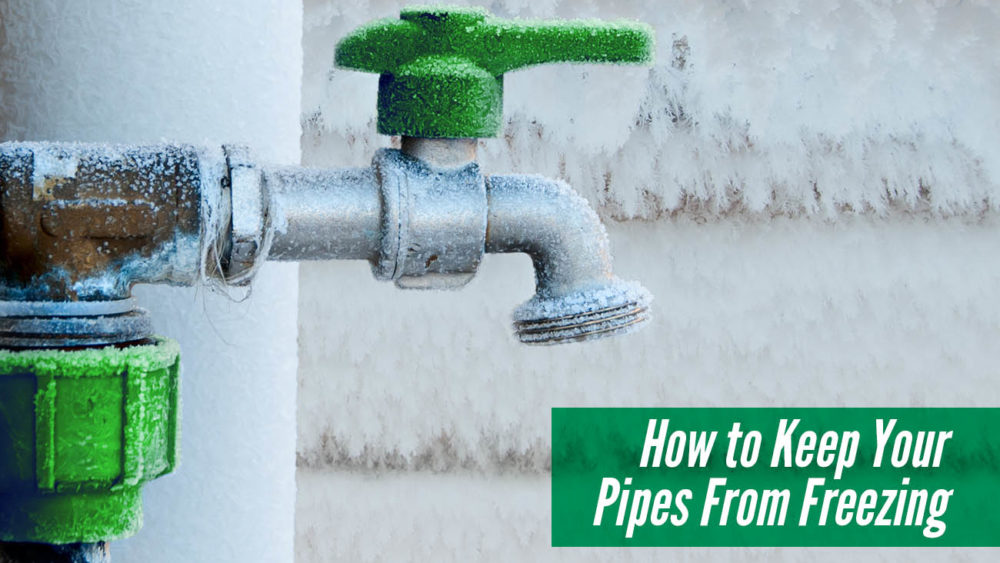
How to Keep Your Pipes From Freezing Garden State Home Loans NJ
Fortunately, there are steps you can take to prevent this from happening. One of the most effective ways to keep your drain pipes from freezing is to insulate them. You can do this by wrapping the pipes in foam insulation sleeves or by applying heat tape to the pipes. Another way to prevent frozen pipes is to ensure that the pipes are properly.
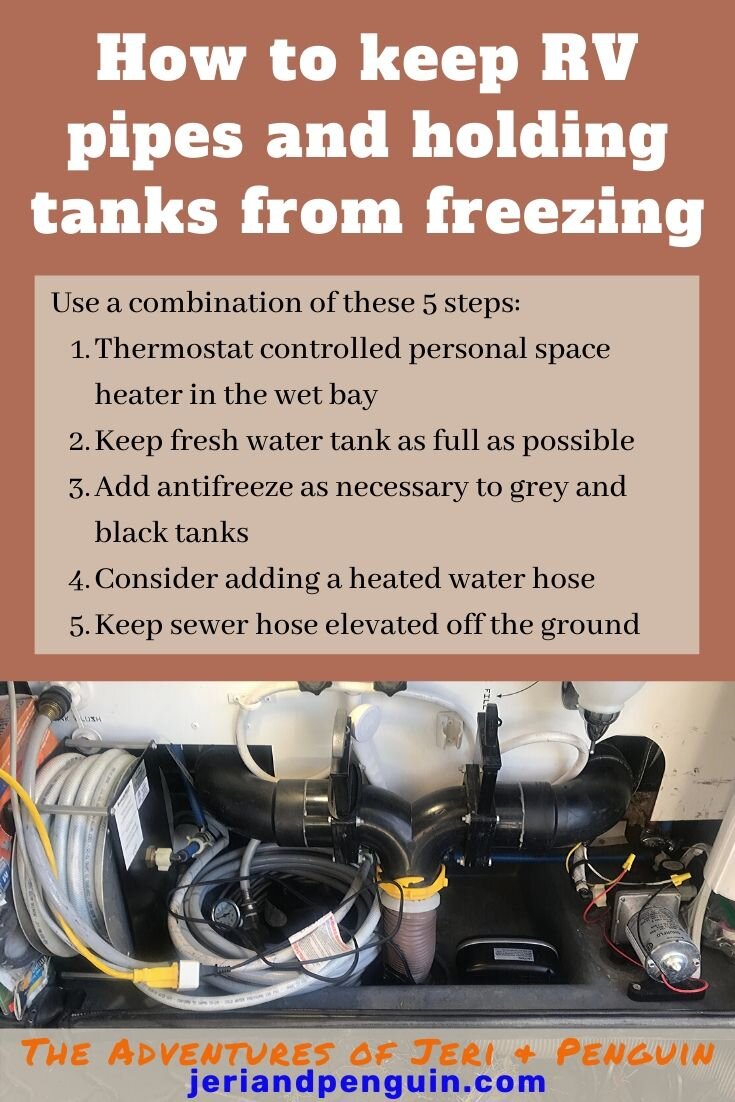
How to keep RV pipes and holding tanks from freezing
First, the water drip method will apply to your well. Second, consider adding heat tape to the exposed pipe if it is metal. This is a game-changer, and inexpensive option compared to a burst pipe. We like this one. Third, you can hang an incandescent light bulb beneath your well cover.

How to keep pipes from freezing with no heat
Wrap the pipe in a heating pad and turn the temperature dial up to high. Aim a hair dryer on high at the pipe. Keep the air moving back and forth and around the pipe in 12 to 16-inch sections at a time. Encircle the pipe in heated, dampened towels. Change these wraps frequently as they lose heat to the pipe.

How to Keep Outside Pipes from Freezing Baylor Heating & Air
Step 4: Let it drip, drip, drip. Another pipe-saving tip: When temperatures drop to below freezing, let your faucets drip. Yes, this advice opposes almost everything else you know about water.

How to insulate outdoor pipes, sprinklers ahead of hard freeze
To thaw a frozen pipe, first locate the coldest areas the pipe travels through, and then warm up the pipe to melt the blockage. To do so, you can wrap a heating pad around the pipe and turn it up.
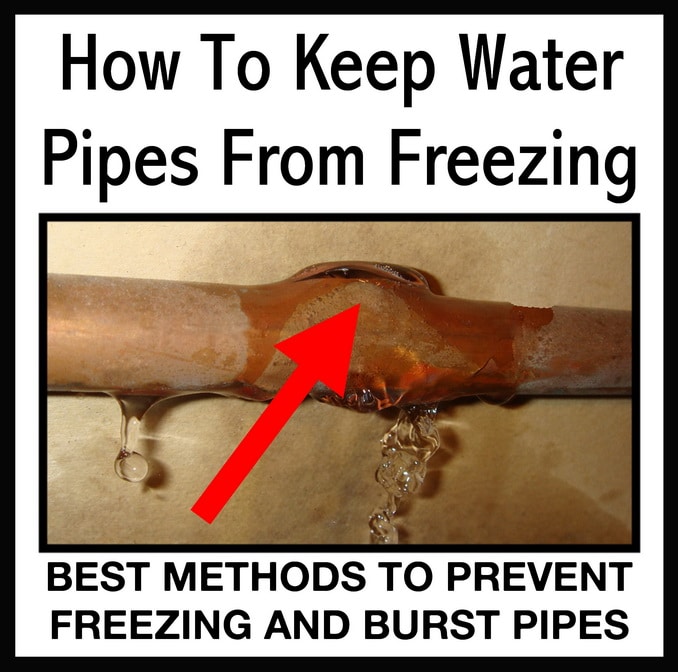
Simple Ways To Keep Water Pipes From Freezing
Disconnect Outside Water Hoses. "If left connected, water in the hoses will freeze and expand, causing outside faucets and connecting pipes inside your home to freeze and break," warned the experts at Roto-Rooter. Disconnect all outdoor hoses, and use a faucet cover ($4.50, homedepot.com) to keep outside faucets from freezing.
:max_bytes(150000):strip_icc()/stop-freezing-pipes-2124982-revision1-5c01a886c9e77c0001439273.png)
6 Great Tips to Keep Pipes From Freezing
Y es, you need to protect all of your outdoor plumbing from freezing temps in the winter. First, drain your hose bibs/faucets. Then cover your hose bibs/faucets with insulated covers. Even a towel or a blanket would do if in a pinch. Option 2 is more expensive: Install Frost free sill cocks (hose bibs).